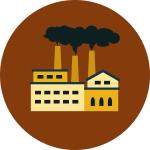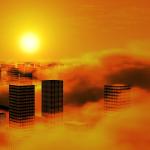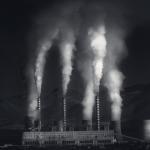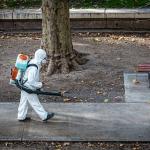Hey, chemistry fans.
Air pollution
During London’s Great Smog, daily deaths rose by an order of magnitude and continued for about two weeks once the skies cleared.
The goal should be to establish evidence-based regulation understandable to the public, with clear accountability.
There are no autopsy studies except for occupational exposure to dust that link polluted air with poor health.
As we continue in the time of COVID-19, our thoughts turn to social mingling and of late, fireworks.
To begin with, the EPA rule in question is about ambient air quality standards, not emissions, even though the latter is responsible for the former.












